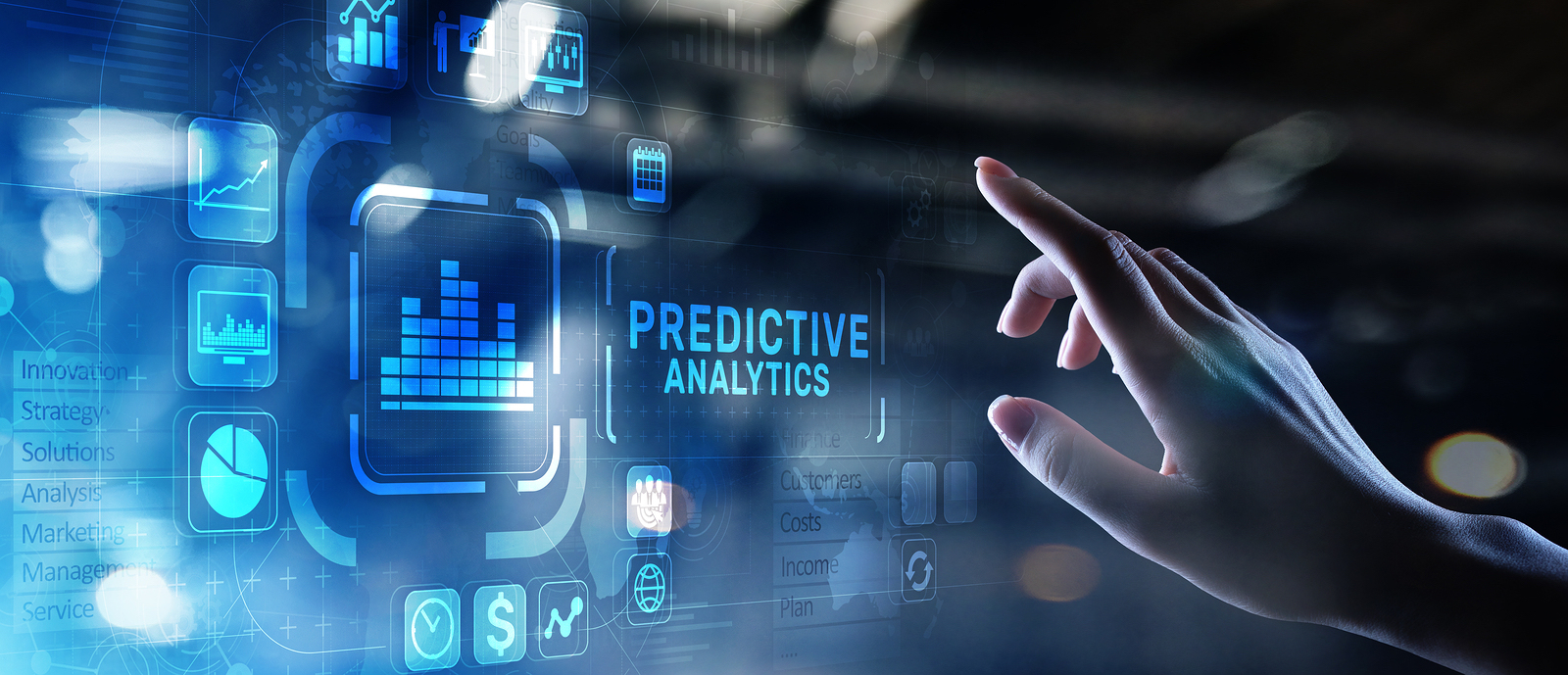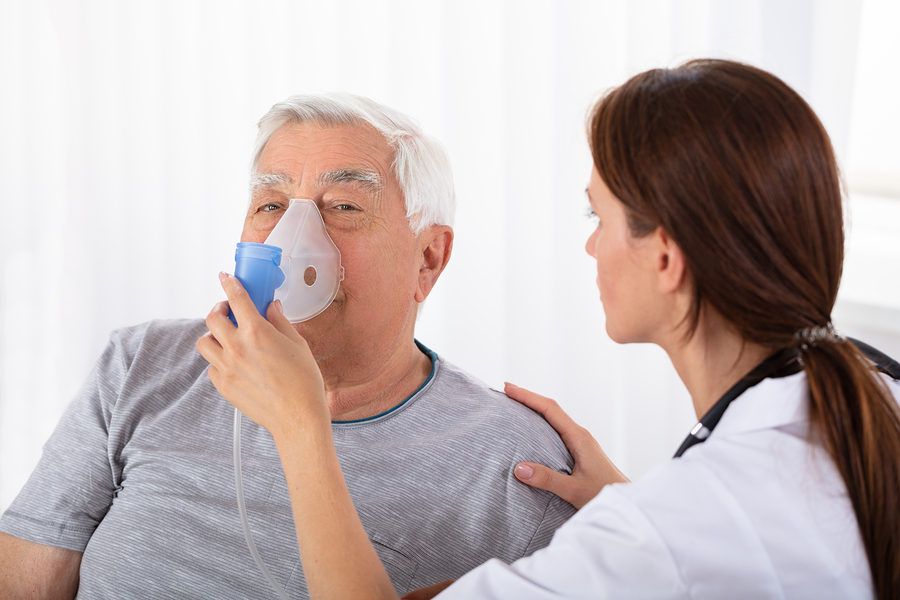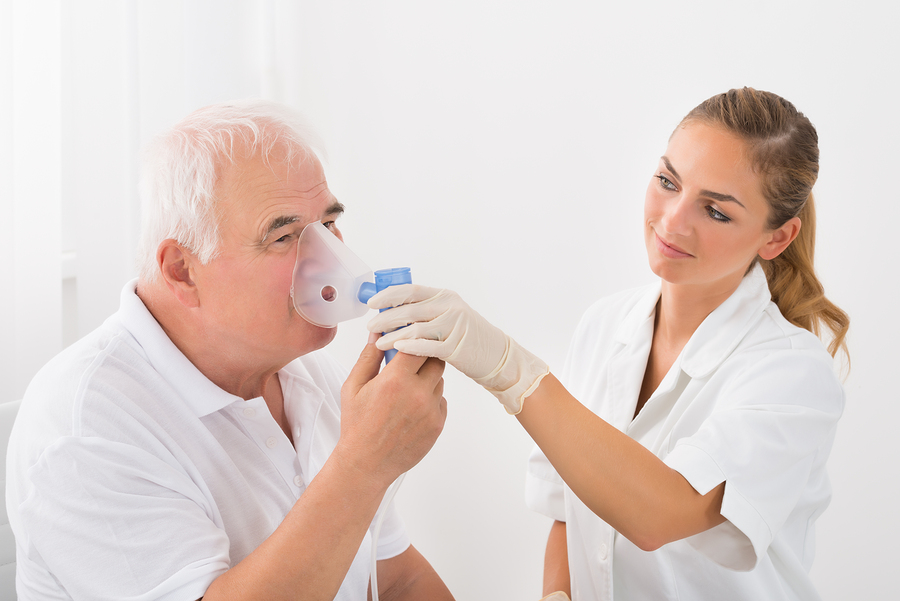The Difference Between Remote Patient Monitoring and Remote Patient Engagement
Remote Patient Monitoring (RPM) continues to gain traction within the medical field. This has been especially true for critical care patients. But now it is permeating all facets of the patient-care team relationship. More and more, the conversations include discussions on Remote Patient Engagement (RPE).
But for many, there is confusion as to what distinguishes RPM and RPE. To healthcare professionals, the differences are important to understand, as the level of care between the two can be significant.
The Tenets of Remote Patient Monitoring
Remote Patient Monitoring really is exactly what it states. RPM is a technology to enable monitoring of patients outside of conventional clinical settings (e.g. in the home), which may increase access to care and decrease healthcare delivery costs. Typically, it involves mobile medical devices (scales, BP cuffs, pulse oximeters, etc.), used by patients to perform a routine test and send the test data to a healthcare professional in real-time. The premise is that the data is reviewed and evaluated by clinical staff and decisions are made about future actions and prognoses.
What is Included in an RPM Program?
Many healthcare facilities believe that, because they are utilizing patient-care team videoconferencing, they are engaged in “telemedicine” or RPM. Videoconferencing certainly has benefits – the ability to look at a patient, show oxygen tank levels, look at a medicine label – but, it is effectively a Facetime phone call and, in itself, does not rise to the level of RPM.
Combining video conferencing with medical monitoring devices that provide real-time data to the medical staff, begins to form the foundational “monitoring” tenet of RPM. Seeing vital signs and passing biometric data provides medical staff the information they need to make informed decisions.
More advanced levels of RPM incorporate connected, sophisticated and customizable telehealth software that functions across many smart device platforms, enabling clinical teams to monitor different data across multiple patient types – COPD, CHF, Diabetes, etc.
But by its definition, remote patient monitoring effectively stops there. It does not rise to the level of remote patient engagement because it lacks key components of “engagement” that distinguish RPE.
This RPM level is where almost all telehealth software providers compete – and where their services end. Even the large, institutional players in the industry stop their services at this point.
But there remains a higher level that is now attainable, and which provides the type of at-home or remote care that our modern society is demanding.
The Tenets of Remote Patient Engagement
Remote patient engagement includes everything within remote patient monitoring, but adds an additional, significant, level of care – the “next level” in patient engagement, including predictive, proactive and interactive care. For healthcare providers who are seeking to elevate their services to match available technology capabilities, as well as the needs and demands of a modern patient, RPE is where the discussions and implementations are occurring.
True patient engagement includes the ability to survey patients, help them manage their medications and diet, educate patients on their specific condition or disease, securely communicate texts, pictures and videos between patient and provider, and the ability to reward patients for good behavior through gamification and other toolsets.
Does The Difference Between RPM and RPE Matter?
If you were to ask the large, institutional RPM providers, they likely would say there is little difference. That is not true. They lack the nimbleness and connection at the patient level to understand the technology and flexibility required to provide personalized, proactive care. But there are providers who specialize in powerful remote patient engagement systems that are not just providing this state-of-the-art technology, but seeing impressive, once-in-a-generation-type improvements for both the patient and the clinical team.
The modern patient demands healthcare technology that can not just alert them and their care team, when a problem occurs, but be with them 24/7, anywhere they go, and predict when issues might occur. Smart RPE technology identifies and analyzes minute trends, before they transform into larger issues, alerting the patient and their health provider. Seeing blood pressure trends worsen for example, before they reach a critical threshold, can enable the health care team to address the issue more quickly and cost-effectively than dealing with the aftereffects of a stroke.
“Quantum Leap” in Healthcare Technology
Remote patient engagement is where modern healthcare is moving. Patient expectation and demand in the marketplace is loud and clear. But some large, complex healthcare systems are finding it difficult to adjust to this promising technology, despite the demands of a frustrated society who knows the technology is available. Healthcare systems are dealing with complex and intertwined systems, regulatory requirements and fiscal pressures. Transitions to RPE require time, adoption of new programs and, indeed, a shift in culture.
But that is the lifeblood of healthcare – as better medicine, procedures and technology become available, we incorporate them to improve our quality of life. And today, perhaps the biggest opportunity in a millennium is available for all of us to take our healthcare to a level only dreamed of as recently as a generation ago.
The transition is happening. The sooner it does, the quicker we all benefit.
Other Recent Articles
m.Care Technology – Predictive Capability, Interoperability, Ease of Integration, and Security

PRESS RELEASE: m.Care Virtual Care Platform Launches COVID-19 Long-Haulers Patient Monitoring

COVID Long-Haulers – Do You Have a Care Solution For This Patient Population?
